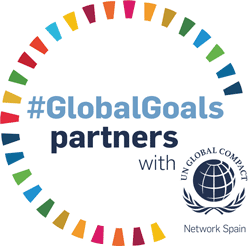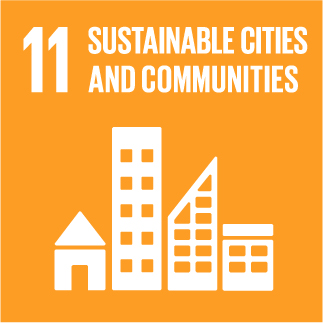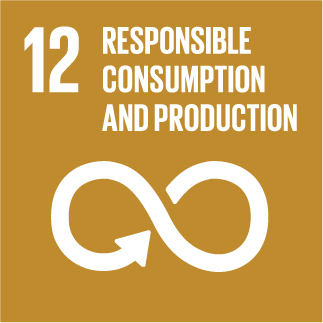Integrated manufacturing of REciclable multi-material COmposites for the TRANSport sector
Bioinspired Janus Spider?Web Nanofibrous Membranes Integrating Triboelectric Energy Harvesting, Adaptive Thermo?Moisture Regulation, and Bactericidal Activity for Multifunctional Wearables
A spider?web?inspired Janus ferroelectric nanofibrous membrane integrates asymmetric wettability, high porosity, and robust flexibility. The membrane achieves self?powered thermo?moisture regulation, enhanced water transport, and antibacterial protection, demonstrating stable triboelectric output and multifunctional adaptability for wearable electronics, healthcare monitoring, and smart protective textiles.The development of multifunctional membranes integrating asymmetric wettability, breathable waterproofing, antibacterial activity, and energy?harvesting capabilities is critical for smart textiles and medical protective equipment, yet balancing robustness, environmental adaptability, and energy conversion efficiency remains challenging. Here, we engineer a bioinspired Janus nanofibrous membrane with a spider?web?like hierarchical architecture via synchronous electrospinning?electrospraying of poly(vinylidene fluoride?co?hexafluoropropylene) (PVDF?HFP) and polyamide 6 (PA6). This design achieves dual?scale wettability (hydrophobic/hydrophilic asymmetry), 83.6% porosity, and mechanical durability (99% structural integrity after 2000 bends). It enables intelligent environmental regulation (7.4 ? thermal gradient under 1 kW/m² solar irradiation), while the electric?field?enhanced design accelerates water transport by 20% vs. passive diffusion. Its triboelectric performance surpasses existing breathable membranes (177.5 V open?circuit voltage, 0.63 W/m2 power density, stable output over 10,000 cycles), enabling encrypted Morse?code communication for programmable human?machine interaction. The hierarchical structure exhibits exceptional antibacterial efficacy: 99.92% against Escherichia coli (E. coli), 100% against methicillin?resistant Staphylococcus aureus (MRSA), and 95% against Staphylococcus aureus (S. aureus). Via a scalable, low?cost process compatible with roll?to?roll manufacturing, this approach holds promise for industrial integration in next?generation wearable healthcare and protection systems.

» Publication Date: 17/11/2025

This project has received funding from the European Union's Horizon 2020 research and innovation programme under grant agreement Nº 768737


